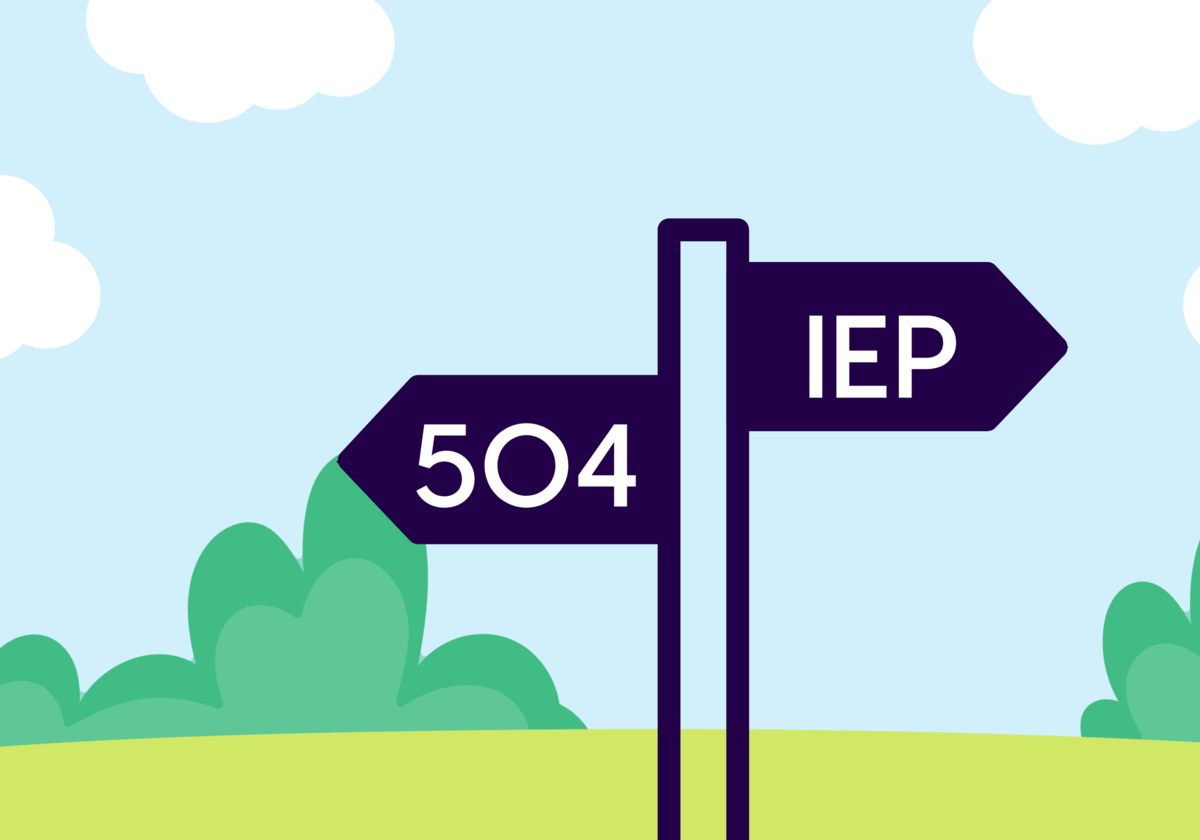
Individualized Education Program (IEP) and Section 504 Plans are two important documents for children with special needs in California. These documents help ensure that children with disabilities receive appropriate educational services to meet their individual needs. Understanding the difference between these two documents is essential for parents, educators, and students alike.
An Individualized Education Program (IEP) is a legal document that outlines a student's educational goals and the special education services they will receive to help them reach those goals. An IEP is required by the Individuals with Disabilities Education Act (IDEA) and is developed for students who have been determined eligible for special education services. The IEP team, which includes the student, parents, teachers, and other relevant professionals, meets to create the IEP and updates it annually to ensure the student's needs are being met.
A Section 504 Plan, on the other hand, is a document that outlines the accommodations and services that a student with a disability will receive in a general education setting. The 504 Plan is named after Section 504 of the Rehabilitation Act of 1973, which prohibits discrimination on the basis of disability in programs and activities that receive federal funding. The 504 Plan is designed for students who do not require special education services but need accommodations in the general education setting to fully participate in their education.
The key difference between an IEP and a 504 Plan is that an IEP is focused on providing special education services to students with disabilities, while a 504 Plan is focused on providing accommodations to students with disabilities in a general education setting. An IEP is required for students who are eligible for special education services and is created by a team of professionals who work together to determine the student's needs and develop a plan to meet those needs. A 504 Plan, on the other hand, is required for students with disabilities who do not require special education services but still need accommodations to fully participate in their education.
Another key difference between an IEP and a 504 Plan is the level of support they provide. An IEP provides more comprehensive support and services to students with disabilities than a 504 Plan. An IEP outlines specific goals and objectives for the student, as well as the special education services and accommodations they will receive to help them reach those goals. A 504 Plan, on the other hand, outlines the accommodations and services the student will receive in a general education setting, but does not provide the same level of support and services as an IEP.
In conclusion, both IEPs and 504 Plans are important documents for students with disabilities in California. Understanding the differences between these two documents is essential for parents, educators, and students to ensure that children with disabilities receive the appropriate support and services they need to succeed in their education. An IEP provides more comprehensive support and services for students with disabilities who require special education services, while a 504 Plan provides accommodations and services for students with disabilities who do not require special education services but still need support in a general education setting.
If you feel overwhelmed and you need help, please contact us.
American Advocacy Group is on the front lines every day, making positive change happen for people diagnosed with autism, Down syndrome and a range of diagnoses across the continuum.
As a leading advocate for all people with intellectual and developmental disabilities and their families, and the premier provider of the support and services people want and need, we understand the system and know how to take action in regard to your best interests.
CONTACT US FOR HELP.
Dial (877) 762-0702 or email us at [email protected].